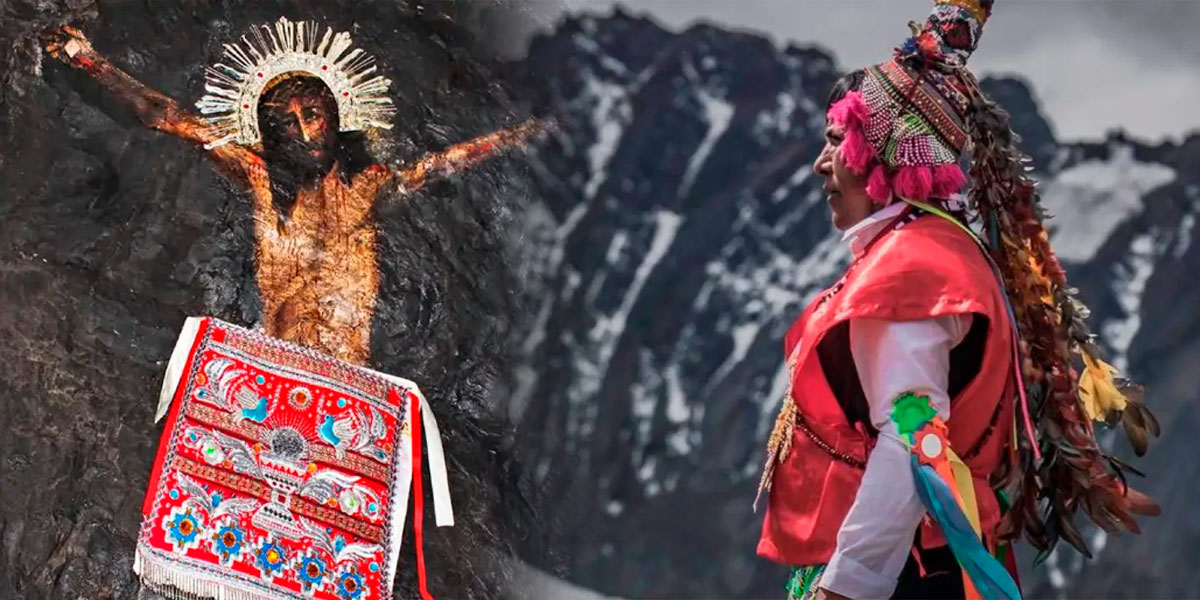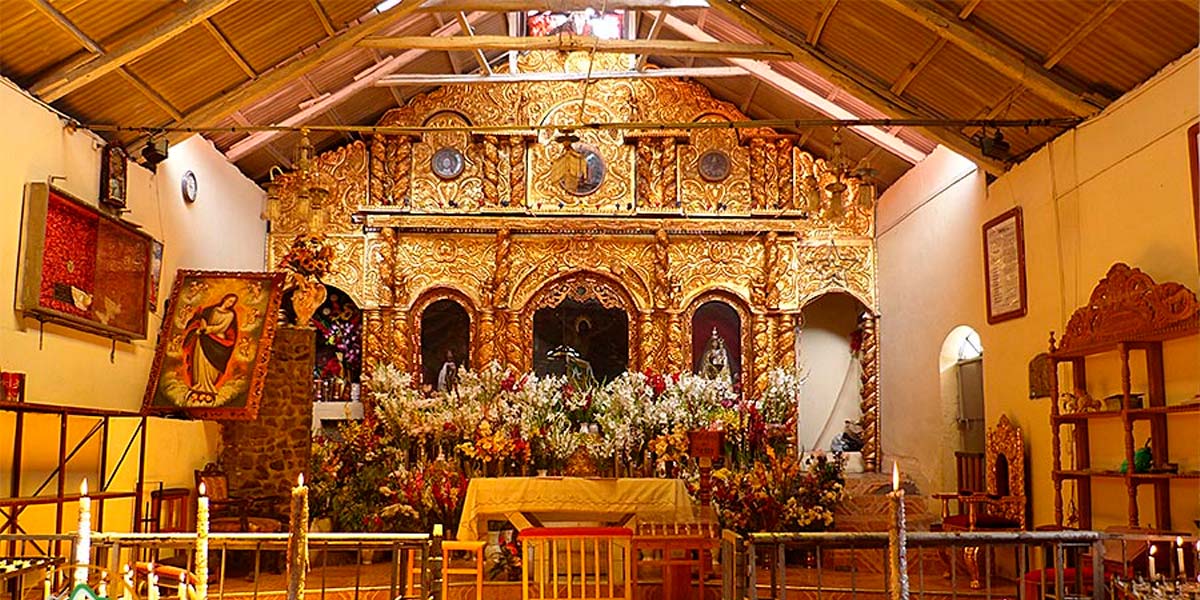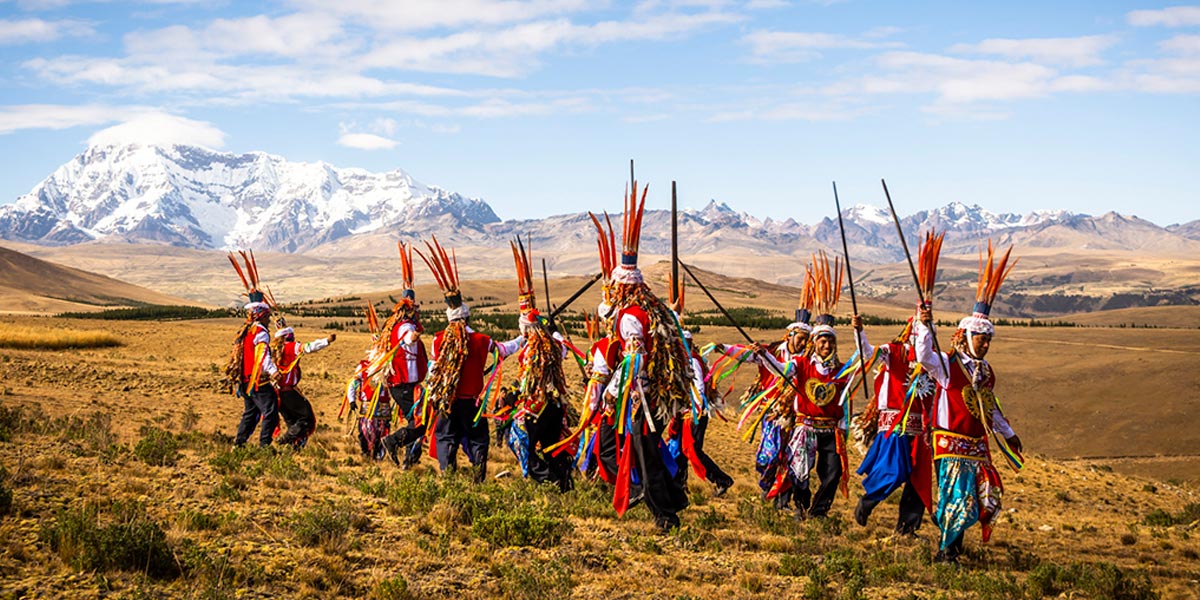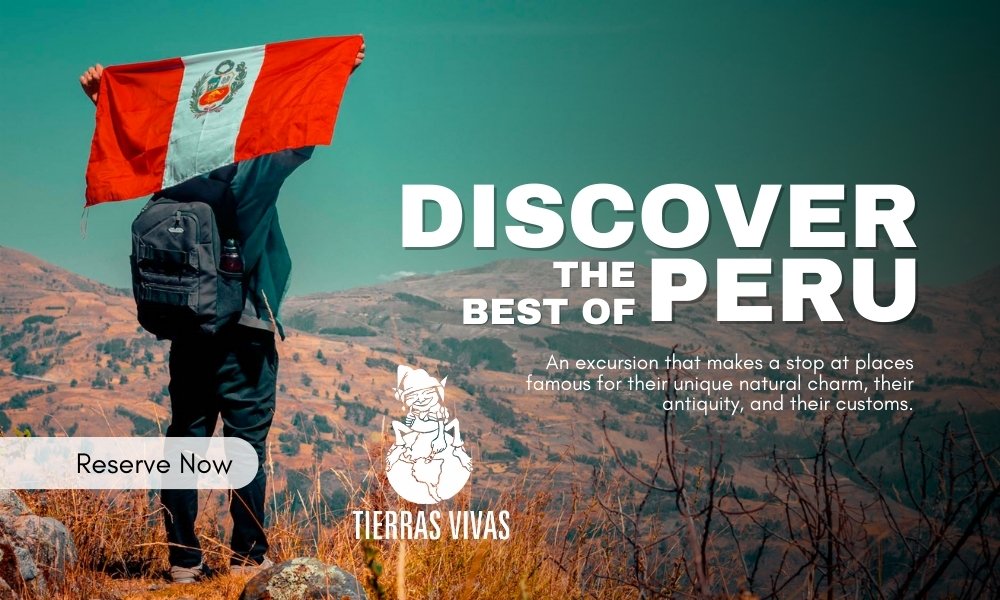Qoyllority is one of the most intriguing festivals in the Andes. Although it is linked to the Catholic religion, its roots lie in the ancient Inca principle of uniting man with nature. In Quechua Qoyllority means "Snow Star" or "Luminous Snow", much of the festival is based on growth, fertility, and the worship of ancient mountain spirits. Every June, just before the feast of Corpus Christi, more than 2,000 people gather in the small town of Qoyllority (at 4,700 meters above sea level), near the snow line of the Ausangate mountain.
You can enjoy traditional ceremonies and dances that are only practiced here, in this part of the Andes as processions with colorful dancers and "pabluchas" that congregate in the Chapel of the Lord of Qoyllority, the main church of the area in the small town of Sinakara - a unique and unforgettable experience!
Celebrations take place in the ancient Inca capital of Cusco with Corpus Christi, when the streets of all Cusco and the plaza are filled with processions and music.
Who is Qoyllority?
The Lord of Qoyllur Rit’i, whose name means “Lord of the Shining Snow”, is a sacred figure venerated in the Cusco region. His image is engraved on a rock, at the foot of the Vilcanota Mountain Range, and represents a fusion between the Christian faith and Andean beliefs. Every year, thousands of pilgrims come to this place to pay him homage in one of the largest religious celebrations in Peru.
-
The legend of the Lord of Qoyllur Rit’i
According to tradition, the story began when an indigenous child met a small boy dressed humbly, who was actually the Child Jesus. Both became friends, and sometime later, the indigenous child returned home with shining clothes, which surprised his parents. Upon learning of the event, the town's priest wanted to find the mysterious child, but he disappeared and transformed into an image engraved on the rock, the same one that is now an object of devotion.
Although the Lord of Qoyllur Rit’i is associated with the Christian Christ, the festivity preserves a strong Andean influence. The pilgrimage combines the veneration of Jesus with the ancient rituals dedicated to the Pachamama (Mother Earth) and the Apus, the spirits of the protective mountains. In this case, the Apu that guards the image of Christ symbolizes the union between the Catholic faith and ancestral beliefs, as well as the link between nature, fertility, and the Andean community.
Pilgrimage to Qoyllority
The festival of the Lord of Ccoylloritti is a unique religious event that brings with it Catholic and Andean traditions, constituting one of the greatest manifestations of faith in southern Peru. It takes place in the remote area of Sinacara, and brings together a large number of pilgrims devoted to the miraculous image. These faithful are organized into groups known as Nations, which are essentially organizations of troupes and devotees who come from various provinces of Cusco, gathering more than 10,000 participants, many of them from nearby rural communities.
The ritual, whose visible symbol is the image of Christ, has a fundamentally Andean purpose: the integration of man with nature. The inhabitants of the Ocongate district are devoted to the Taytacha Qoyllur Rit'i (The Lord of the Bright Snow), practicing this ancient religious custom. The pilgrimage is carried out annually, usually in May or June, with the exact date tied to the Andean calendar and celebrated a few days before Corpus Christi.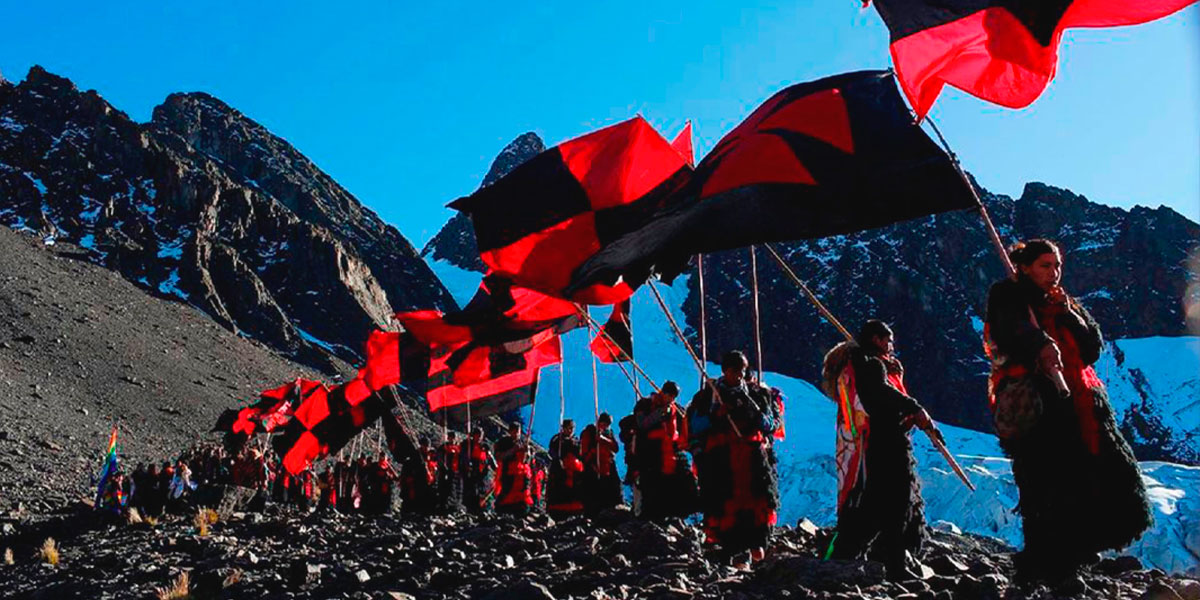
The Andean Ritual and the Sinakara Sanctuary
This festivity is intimately associated with the fertility of the earth and the worship of the Apus (the hills, considered tutelary gods), becoming one of the most significant celebrations of the indigenous nations of America. The main ceremony takes place at the foot of the impressive snow-capped Ausangate. The sanctuary is located in Sinakara, near the town of Mawayany, at about 4600 meters above sea level, and serves as a meeting point for shepherds, merchants, and curious people who join the pilgrimage.
The festival begins on the day of the Holy Trinity, marking the ascent of the more than 10,000 pilgrims to the limit of the snows, facing temperatures that can drop to -4 °C. The path is festive, including a procession, fireworks, and the installation of the symbolic market of Las Alacitas (a miniature handicrafts fair). After approximately five hours of walking, the devotees arrive at the sanctuary to pay homage to the Miraculous Christ.
Dances, Symbols, and Guardians of the Lord
Once in the sanctuary, the Nations and their almost 200 troupes make their official entrance and greeting, accompanied by dancers who represent various mythical characters throughout the night. A central element is the "pablitos" or "ucucos", who are the intermediaries between the Lord of Qoylloriti and men. These characters wear bear costumes (black, made of thick cloth and wool, with a chullo) and are in charge of maintaining discipline, order, and peace during the liturgical acts, being nicknamed the "soldiers of the gentleman".
The next day, the serenata (serenade) is celebrated, which begins with liturgical ceremonies dedicated to the Miraculous Christ, also known as the Peasant Christ. In the afternoon, the serenata transforms into a vibrant dance spectacle that parades through the atrium and interior of the sanctuary. At midnight, a group of strong Queros, one of the Quechua communities, disguised as pabluchas, undertake the ascent to the snowy peaks, at 6362 masl, in search of the "Snow Star", a ritual that also includes the baptism of new dancers and trials for those who have committed faults.
The Snow Star and the End of the Procession
The climax of the pilgrimage is the ritual of the Queros, who ascend to the snowy peaks in search of the "Snow Star" that, according to belief, is enclosed in the depths of the snow-capped mountain. Upon their return, these sturdy inhabitants descend carrying large blocks of ice on their backs, a symbolic act to water their communities with the sacred water of Ausangate, associating the ritual with the fertility and life of their lands.
The central day of the festival begins with the descent of the snowy caravan, led by the Calvary, towards the sanctuary. Subsequently, the central mass and the procession of the Lord of Ccoyllorritti, represented by the Lord of Tayancani, take place. The festivity concludes with the farewell of each troupe singing the Watascama to the Lord, before the pilgrims return to Mahuayani to undertake the return journey to their places of origin. The procession concludes its route in the ancient Inca capital with the celebrations of Corpus Christi, filling the streets and squares of Cusco with people, music and color.
Origin of Festivity of Qoyllur Riti
According to the belief, the Child Jesus, disguised as a shepherd boy, appeared to an indigenous boy, Marianito Mayta, and the two became friends. When the parents found them dressed in rich attire they notified the parish priest of the place, Pedro de Landa, who tried to capture him but without success, because a stone appeared in the place of the Child. Marianito died immediately and the image of the Lord of Qoyllur Rit'i was fixed on the rock.
-
Date of the Festivity of Qoyllur Riti
The pilgrimage to the Lord of Qoyllur Riti takes place between the months of May and June, the date is movable.
The party begins on the day of the Holy Trinity, when more than 10,000 pilgrims ascend to the limit of perpetual snow. Minimum temperatures (-4 ° C) are reached. The way is accompanied by a procession, fireworks and the symbolic market of "las Alacitas" (miniature crafts fair).
Other Treks in Cusco
The Inca Trail is considered the best trek in South America. It is a 43-kilometer route through ancient Inca trails to Machu Picchu. The duration of the tour is 4 days and 3 nights. Tourists have the opportunity to appreciate the scenic beauty with Inca archaeological sites including the Wonder of the World.
However, Machu Picchu is not the only archaeological site that you will see on the Inca Trail. On the tour you will also appreciate the ruins of Llactapata, the archaeological site of Runkurakay, Saycamarca, Phuyupatamarca and Wiñaywayna.
Some incredible treks in the sacred valley include: 4 day Inca Trail Tour, 2 day Inca Trail, Machu Picchu 3 day hike, 2 day Inca Trail with camping, One day Inca Trail.

